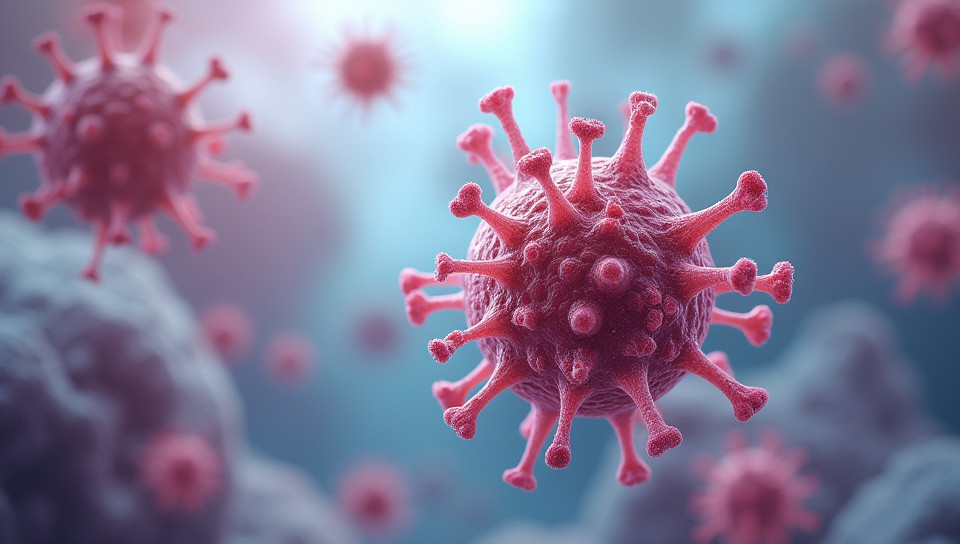Triclosan in the air increases bacterial resistance 39%

The Unseen Threat: How Triclosan in the Air Contributes to Bacterial Resistance
In recent years, concerns over antibiotic resistance have grown exponentially, with scientists and health professionals sounding the alarm on the dangers of bacteria developing super-resistance to our most powerful antibiotics. While the primary focus has been on the use of antibiotics in medicine and agriculture, a lesser-known culprit may be contributing to this growing problem: triclosan, a common antibacterial agent found in many household products.
What is Triclosan?
Triclosan is an antibacterial chemical commonly used in personal care products, such as toothpaste, soap, and deodorants. It's also found in some plastics, clothing, and even some toys. While it may seem like a harmless ingredient, triclosan has been shown to have far-reaching effects on the environment and human health.
The Problem with Triclosan
Triclosan is designed to kill bacteria, but its overuse and widespread presence in our daily lives can lead to unintended consequences. Research has shown that when triclosan enters the air, it can contribute to the development of bacterial resistance. This may seem counterintuitive, as antibacterial agents are typically used to combat bacterial growth.
- Triclosan can alter the bacterial community structure, leading to an overgrowth of resistant bacteria
- It can also induce genetic mutations in bacteria, making them more likely to develop resistance
- Exposure to triclosan has been linked to changes in the human microbiome, potentially disrupting our immune systems
The Impact on Human Health
The consequences of bacterial resistance are far-reaching and devastating. When bacteria become resistant to antibiotics, infections can no longer be treated effectively, leading to increased morbidity and mortality rates. This is particularly concerning for vulnerable populations, such as the elderly and those with compromised immune systems.
Conclusion
Triclosan in the air may seem like a small player in the grand scheme of antibiotic resistance, but its contributions should not be underestimated. As we continue to grapple with this growing public health crisis, it's essential that we consider the role of triclosan and other antibacterial agents in exacerbating the problem. By acknowledging the impact of triclosan on bacterial resistance, we can take steps towards reducing its use and promoting a safer, healthier environment for all. The fight against antibiotic resistance requires a multifaceted approach, and it starts with understanding the complex interplay between our daily lives and the world around us.
- Created by: Sophia Perez
- Created at: Oct. 19, 2024, 6:19 p.m.
- ID: 13626









